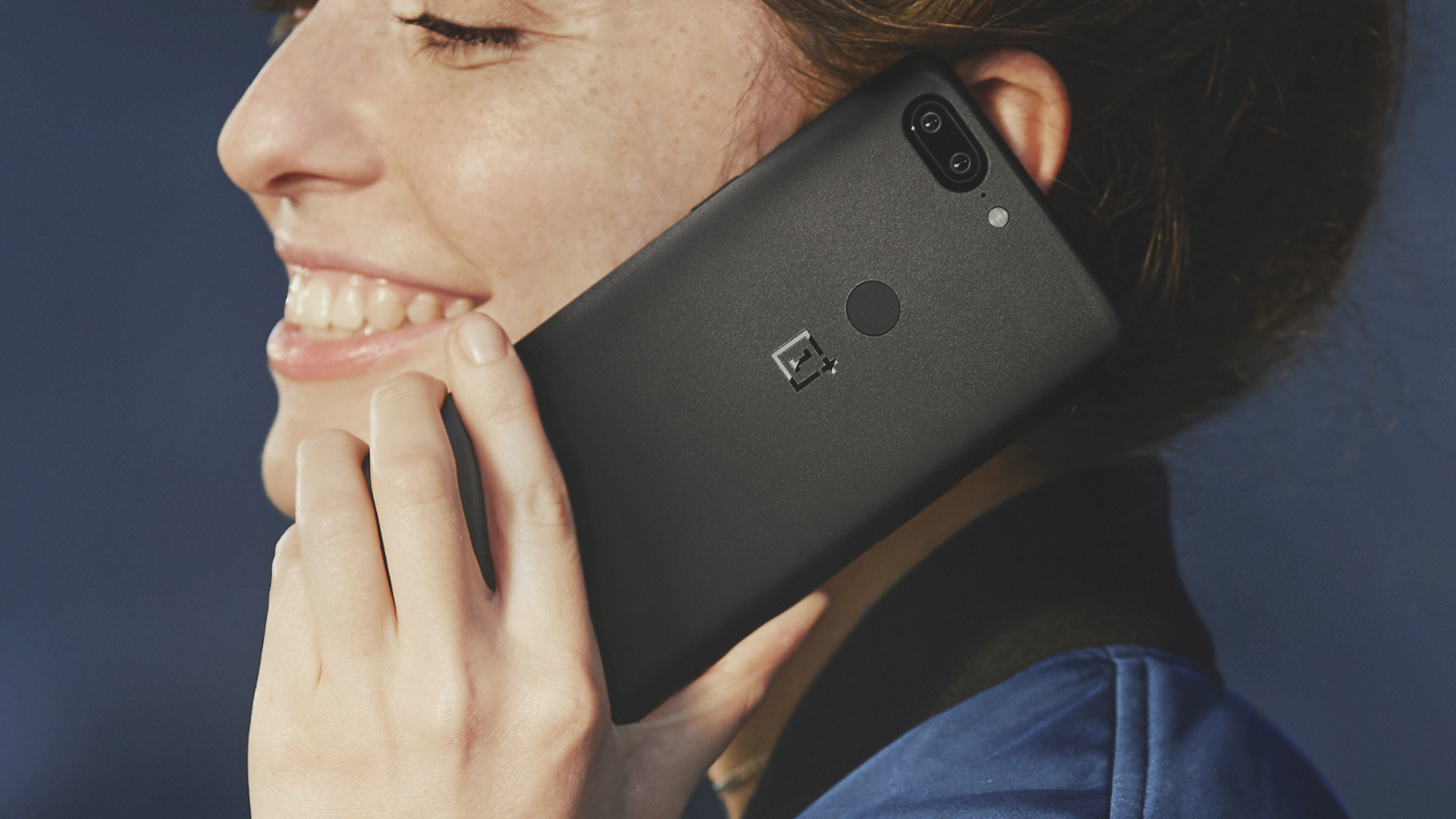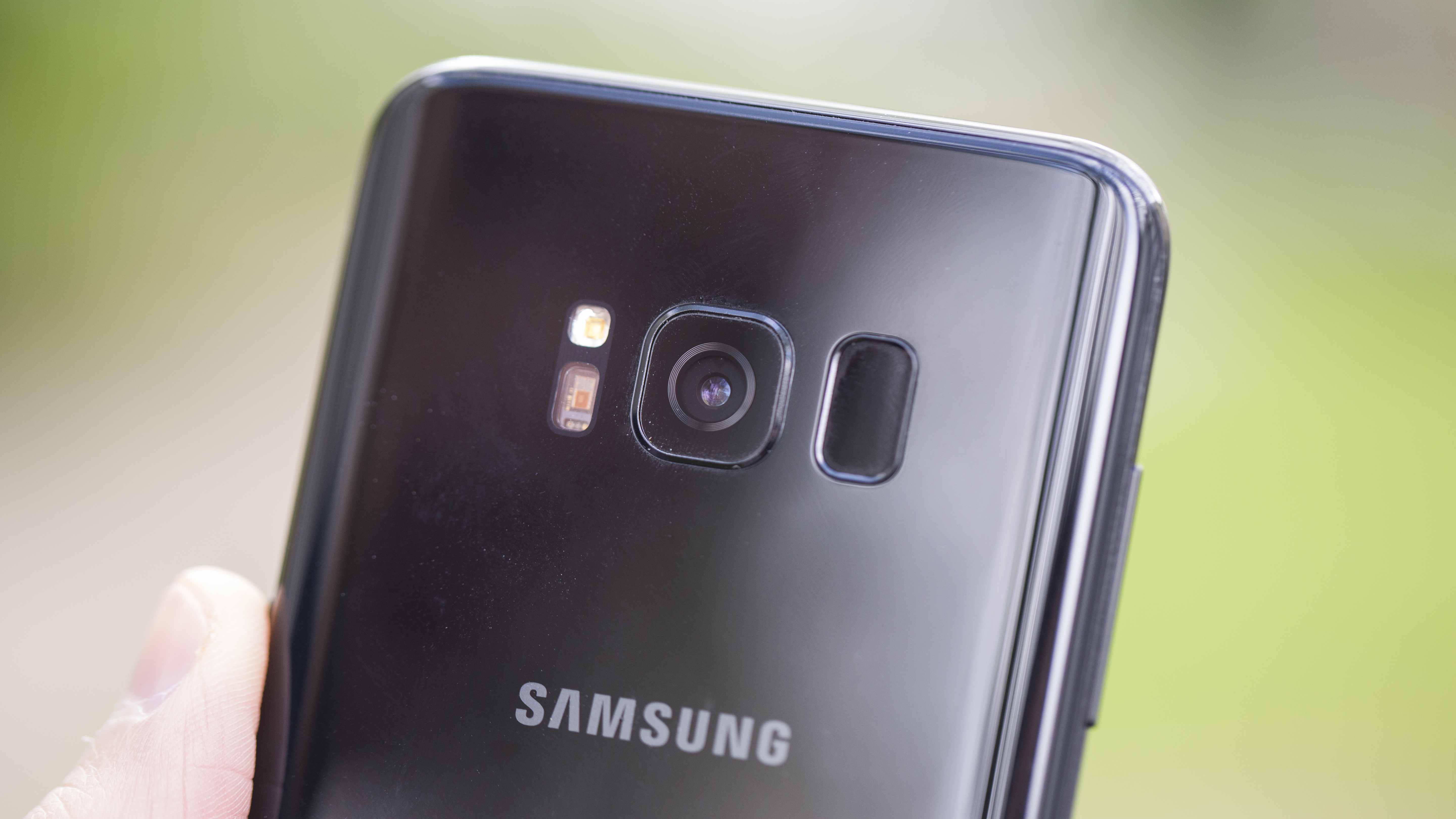OnePlus 5T vs Samsung Galaxy S8

As one of the highest profile and best Android flagships around, the Samsung Galaxy S8 is a phone against which all others must be judged, and the OnePlus 5T is no exception.
Once again positioned as a high-end yet relatively affordable handset, the latest phone from OnePlus has a lot going for it, but is it really a match for the S8?
To help get to the bottom of that we’ve compared the two phones across a number of categories, so you can see how similar they are.
OnePlus 5T vs Samsung Galaxy S8 design
The OnePlus 5T has an all-metal shell with dimensions of 156.1 x 75 x 7.3mm and it weighs 162g. The Samsung Galaxy S8 meanwhile has a glass back and a metal frame, and comes in at 148.9 x 68.1 x 8mm and 155g, so the OnePlus 5T is slightly longer, wider and heavier than the Galaxy S8, but it’s also slightly slimmer.
There are similarities though – both phones lack buttons on the front, allowing for small bezels around the screen, and both have a fingerprint scanner on the back.
Speaking of biometrics, they also both have a face scanner on the front, though the Samsung Galaxy S8’s proved unreliable and easy to trick in our review, so we’ll have to see how the OnePlus 5T’s compares.
One very visible difference between the two phones is their color schemes, as the OnePlus 5T just comes in black, while the Samsung Galaxy S8 comes in Midnight Black, Orchid Gray, Arctic Silver, Coral Blue and Maple Gold – though not all shades are available in all regions.
Sign up for breaking news, reviews, opinion, top tech deals, and more.

OnePlus 5T vs Samsung Galaxy S8 display
The most immediate difference between the screens on these phones is that the Samsung Galaxy S8’s is curved, while the OnePlus 5T’s is flat.
The S8’s is also sharper, at 1440 x 2960 and 570 pixels per inch, while the OnePlus 5T’s is 1080 x 2160 and 401 pixels per inch.

However, the Galaxy S8’s is marginally smaller at 5.8 inches, to the OnePlus 5T’s 6 inches, and there are a number of similarities.
Both phones use AMOLED technology for example, which tends to lead to more vibrant images, and both have a super-widescreen aspect ratio of 18:9 in the OnePlus 5T’s case, and 18.5:9 in the Galaxy S8’s.
See the OnePlus 5T in action in our hands on video below
OnePlus 5T vs Samsung Galaxy S8 OS and power
The OnePlus 5T comes with a Snapdragon 835 chipset and a choice of 6GB or 8GB of RAM, while the Samsung Galaxy S8 comes with either a Snapdragon 835 chipset (if you’re in the US) or a similarly powerful Exynos 8895 one elsewhere, and in both cases it’s paired with 4GB of RAM.
So the OnePlus 5T has significantly more RAM then, but so did the OnePlus 5 and in practice that phone didn’t seem significantly faster than the S8, so there may not be much difference here either. In any case, you can expect both handsets to be very speedy.
Another difference is the amount of storage, as the Samsung Galaxy S8 has 64GB plus a microSD card slot, while the OnePlus 5T comes with a choice of 64GB or 128GB but no microSD card slot.
As for the operating systems, they both run Android Nougat, and both companies will be upgrading their phones to Android Oreo at some point.
However, neither phone runs stock Android. The highlight of the extra software on the S8 is arguably Bixby – Samsung’s AI assistant which has its own dedicated button.
On the OnePlus 5T meanwhile you get handy features like the ability to clone apps, so you can log into them with more than one account.

OnePlus 5T vs Samsung Galaxy S8 camera and battery
The OnePlus 5T has a dual-lens rear camera with one 16MP lens and one 20MP one. That allows for optical zoom, and as both lenses have an aperture of f/1.7 they should be decent in low light.
There’s no shortage of features either, with the phone sporting the likes of a pro mode and the ability to use the ever-popular bokeh effect, to blur the background of an image and emphasize the foreground.

The Samsung Galaxy S8 meanwhile has just a single-lens 12MP camera, but it too has an f/1.7 aperture, meaning there’s a large lens opening.
It also sports optical image stabilization, loads of modes (including a pro mode), and in our tests took very impressive shots.
On the front of the OnePlus 5T you get a 16MP snapper, while the Samsung Galaxy S8’s is just 8MP.
As for battery, the OnePlus 5T has a 3,300mAh one, while the Samsung Galaxy S8 has a smaller 3,000mAh one. Both phones support fast charging, but the Samsung Galaxy S8 also supports wireless charging, which the OnePlus 5T doesn’t.

OnePlus 5T vs Samsung Galaxy S8 price
The OnePlus 5T costs $479/£449/AU$599 for 64GB and $539/£499/AU$699 for a 128GB model, while the Samsung Galaxy S8 has an RRP of $725/£639/AU$1,200.
However, as the S8 has been out for a while many stores now charge a lot less, so you should be able to pick it up for not much more than the OnePlus 5T.
Takeaway
Thanks to its 18:9 screen, rear-facing fingerprint scanner, smaller bezels and face scanner, the OnePlus 5T is closer to the Samsung Galaxy S8 than the OnePlus 5 is.
But it stands out from Samsung’s flagship due to its second rear camera lens, extra RAM and bigger battery.
On the other hand, the S8 has a sharper, curvier screen and a microSD card slot. Add in the fact that their designs are quite different, and these phones aren’t so similar after all.
As to which is best, that’s going to largely depend on which of these features you want from your phone – though we’ll let you know exactly how well they work in our full OnePlus 5T review.
The low price (by flagship standards) of the OnePlus 5T may not be a huge factor in your buying decision though, given that the Galaxy S8 has dropped in price since launch.
- Whichever phone you choose, make sure to grab the best Android apps
James is a freelance phones, tablets and wearables writer and sub-editor at TechRadar. He has a love for everything ‘smart’, from watches to lights, and can often be found arguing with AI assistants or drowning in the latest apps. James also contributes to 3G.co.uk, 4G.co.uk and 5G.co.uk and has written for T3, Digital Camera World, Clarity Media and others, with work on the web, in print and on TV.